The Evolution and Future of Health Information Technology
Introduction
Health Information Technology (HIT) has been widely embraced as an important tool in enabling efficient management and usage of patients information in the current world.
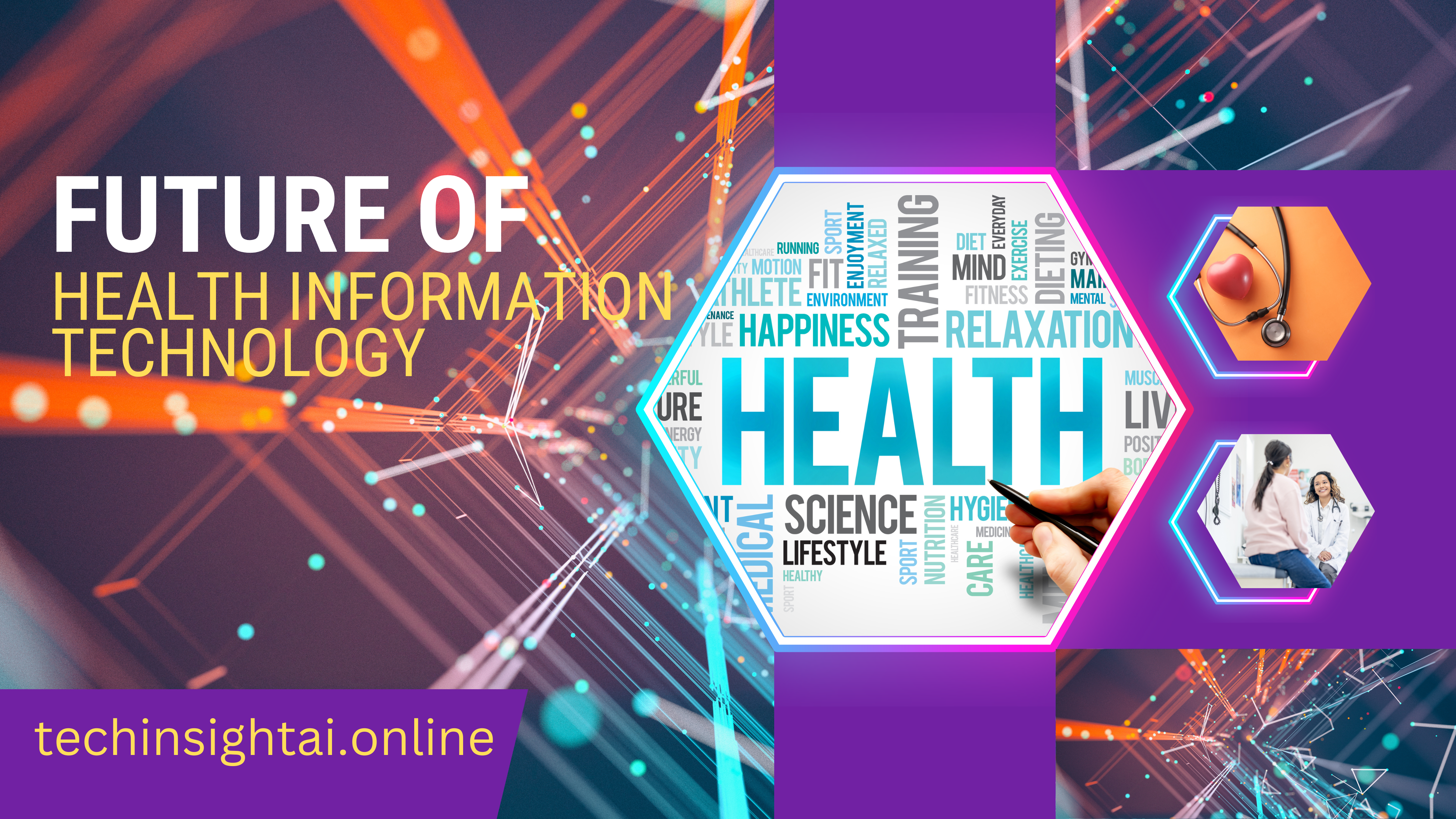
Continuing into 2024 we have seen that the dynamics of health information technology are growing at a rapid pace and they include: In this article, the author analyses the advances in the area and outlines current and future trends along with potential impact of Health Information Technology for healthcare sector.
Roles of Artificial Intelligence in the area of Health Information Technology
Intelligence is one of the tools that has created a revolution in the field of health information technology today. In decision making, it has been implemented with intent to automate tasks that it is most efficient in performing while providing better results in the treatment of patients. Diagnostic and therapeutic applications of displays using machine learning techniques, which is a part of Artificial Intelligence are found in increasing usage in diagnostic imaging, and treatment planning and prognosis. For instance, the AI diagnostic tools could interpret results from radiology scans faster and accurately as human clinical practitioners, thus the detection of diseases such as cancer at an early stage.
In addition, AI plays a critical role in so far as the prescription of appropriate treatment for a patient is concerned depending on the patient’s genetic makeup, lifestyle and the prevailing environmental conditions. At this level of customization, the treatment given to the patients is the best that is available thus resulting in a minimal side effect and better health of the patients. Therefore, the more AI goes deeper into health information technology the more it is likely to reshape HTD (HTD, Trinetix).
Improving the data exchange across the domains in Health Information Technology
Interoperability of data means that there has to be clear and rightful link between various operating Health Information systems. This has never been more important as the year 2024 for improvements on data interoperability needs. Health care software developers are engaging more in standards of interoperability that enable secure sharing of data concerning patient across different software solutions without alteration of such data’s meaning. This is crucial given that most health care systems use multiple software suppliers which underlines the importance of interoperability of software.
These sources of data include the electronic health record (EHR), wearable devices, and remote patient monitoring systems have enabled broader patient-focused care. Patients are on the positive side of this since it will help in the provision of detailed details of the patient hence helping the healthcare providers to make better decisions that will enhance the general status of the patient(Trinetix).
The Threats and the Methods or Approaches of Cybersecurity in Health Information Technology
There is a constant nurture of developing health information technology hence results in the need to ensure it has vigorous security. The health care sector is for sure a preferred target for cyber criminals because the data processed in this field is of a high sensitivity. As of the recent year, there has been observed a rising trend of ransomware attacks on the healthcare sector, especially small scale hospitals that may not afford to put up viable defense mechanisms.
To mitigate such threats, the healthcare providers are spending on better encryption, secure transfers of information and data, and high end threat detection based on artificial intelligence. Other governmental agencies such as FDA have also set new standards to guide the implementation of cybersecurity in to MDs and HIS. These are important for the protection of patient information, which is the basis of the trust patients have for their healthcare practitioners(HTD, Healthcare IT News).
The Effects of Health Information Technology for Patient Involvement
Patient engagement has always been a core component of health care services and has been further made possible by the use of information system technology. Due to the digital technological advancement, patient engagement through patient portals, mobile health applications and telehealth have facilitated patient involvement in the management of their treatment plans. These tools help patient obtain convenient access to their health information in order to control progress, make appointments, and interact with care providers.
Moreover, the advanced health accessories like wearable health devices and patient remote monitoring systems have further enhance the engagement of the patient. Such technologies make it possible for patients to monitor all their health indicators in actual time and share this information with their health care providers. Such consistent monitoring often results to detection of health complications at initial stages, prompt treatment and therefore better management of the patients (HTD, Trinetix).
Predictive Analytics: Real Transformation in Health Information Technology
Another important trend in the use of health information technology is predictive analysis which is also doing rounds in the field of health care. Through a historical and real time analysis these tools are able to model and forecast future events within the health care system like disease epidemics and patient adverse outcomes. It helps the healthcare providers to go on the preventive measures, to be cost-effective and to decrease the healthcare expenditure.
For instance, during the COVID-19 outbreak, predictive analytics helped to control the admission of patients, and availability of their supplies and human resources. The use of the strategy of predictive analytics is also growing into the normal running of the healthcare center in 2024 and not only crisis interventions that would have otherwise caused unnecessary admissions.(Trinetix)
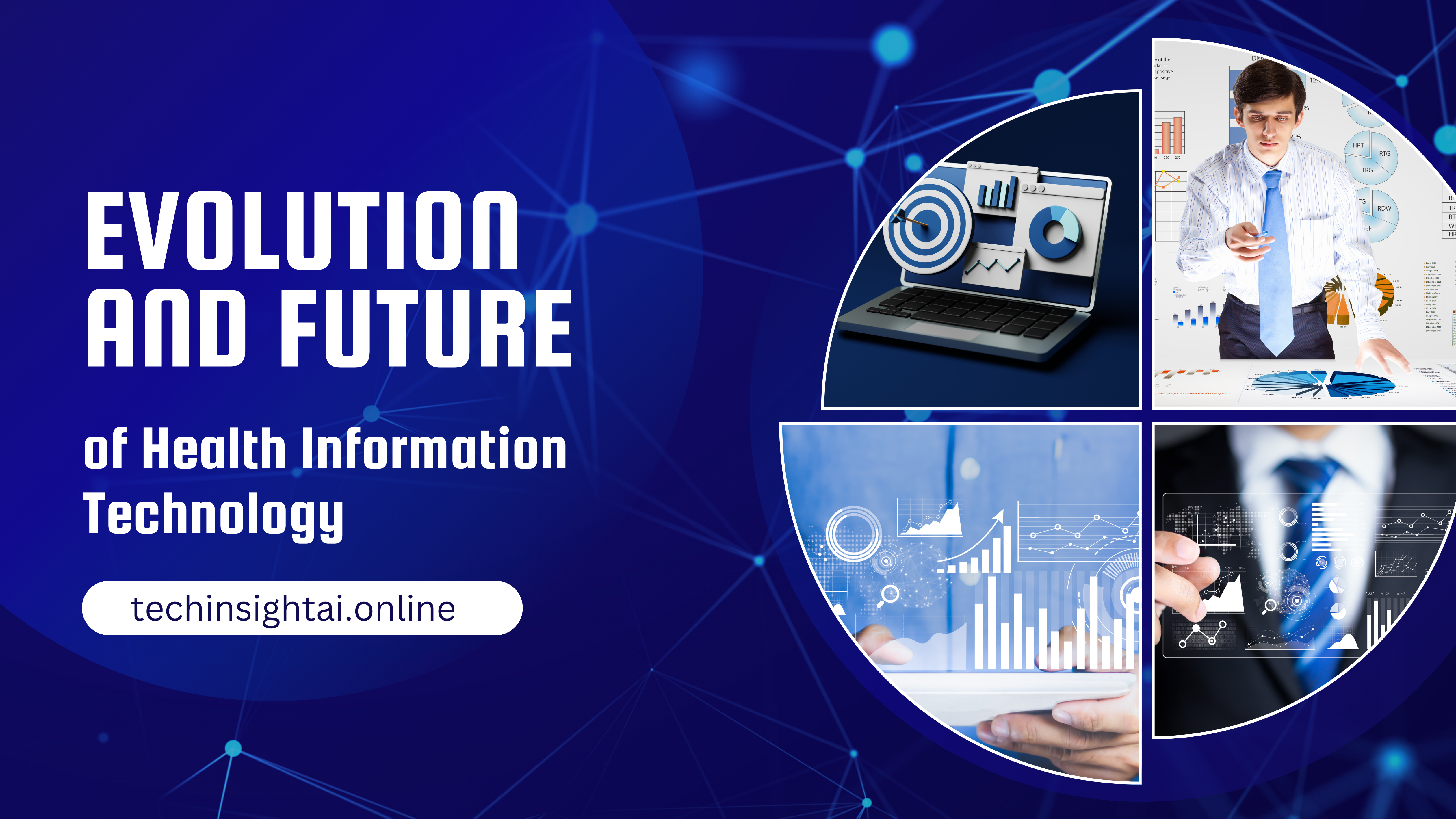
The Future of Health Information Technology: Trends
As we look to the future, several emerging trends in health information technology are set to further transform the healthcare industry:
Blockchain Technology:
Blockchain has been identified as a favorable approach to EHRs security. Its structure offers accountability and openness of the records thus useful in handling and protecting sensitive health data and minimizing fraud in the health industry transactions.
Virtual Assistants:
Smart Personal Assistants and chatbots are gradually finding place where patients are getting assisted in decision-making of treatments/medications for their ailments and PPAs are also helping doctors/paras in managing the administrative tasks. Such tools are also projected to become even more ingrained within the EHR systems leading to enhancement of healthcare delivery (Trinetix).
Human-Centered Design:
The concentration on humanistic concerns in health information technology is the reason why health care systems are becoming more friendly as well as devices. These new concepts have stressed the impact of patients and healthcare providers in the deliveries that are enhancing patient involvement, security and satisfaction (HTD).
Conclusion
Technology holds a central role in the reformation of healthcare systems as well as informing patient care, information handling, as well as the processes in the various healthcare organizations. ICT advances such as Artificial Intelligence, improved data sharing and uses, strong encryption and favorable protection, and anticipation devices are some of the attributes of the revolutionized field of Health Information Technology. With the advancement of these technologies, it is expected that they will help to define the future of the healthcare market in terms of its increased personalization, efficiency and safety.
In the year 2024 and in the future to come, the HIM will remain to stay as the key driver of advancement in the sector of health care since it will present fresh chances to increase patients’ lives and enhance the living quality of the population. Thus, knowing about recent innovations in the field of Health Information Technology, the healthcare providers will be able to address future trends and use them as new opportunities while remaining leaders in the healthcare field.
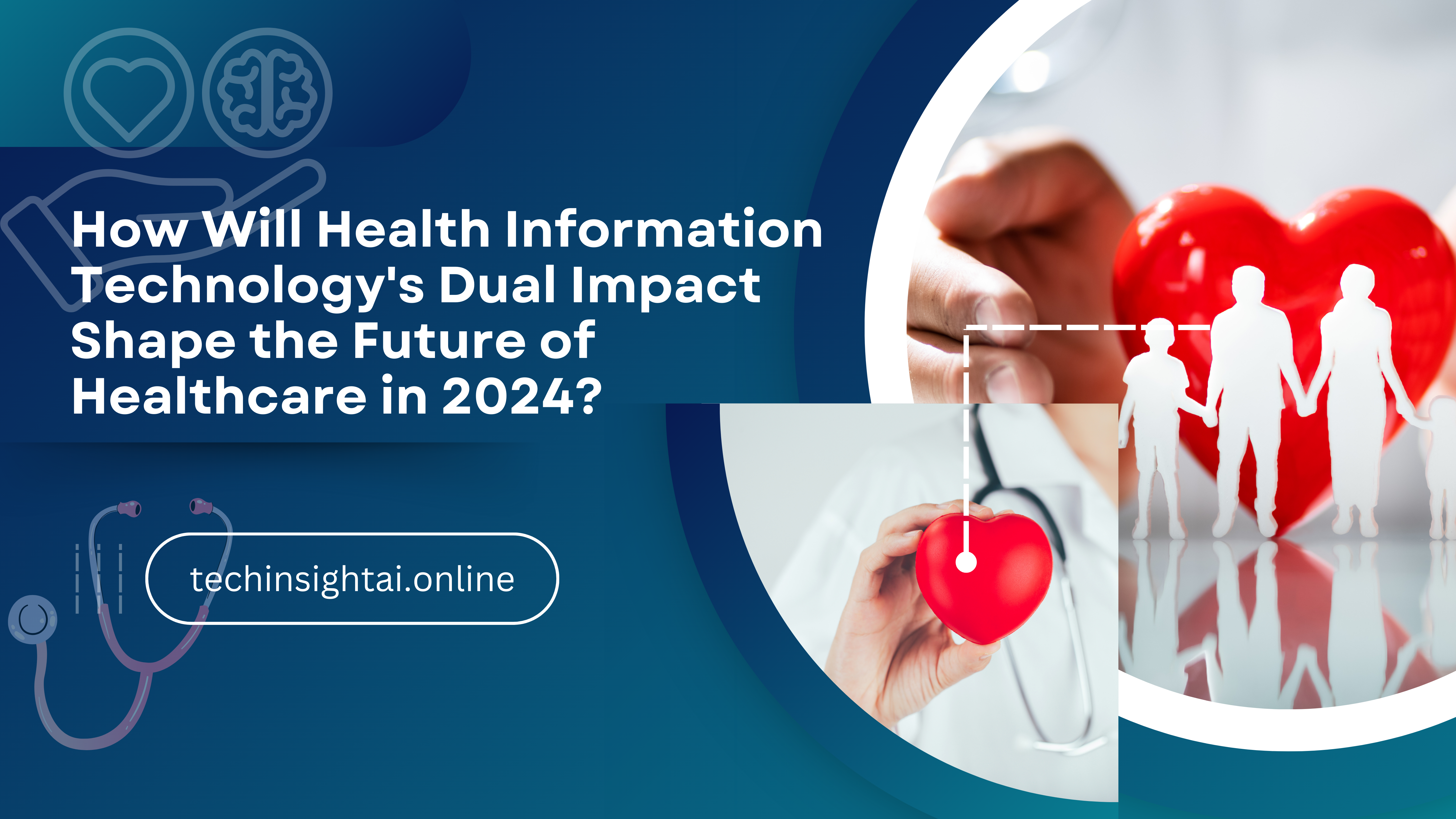
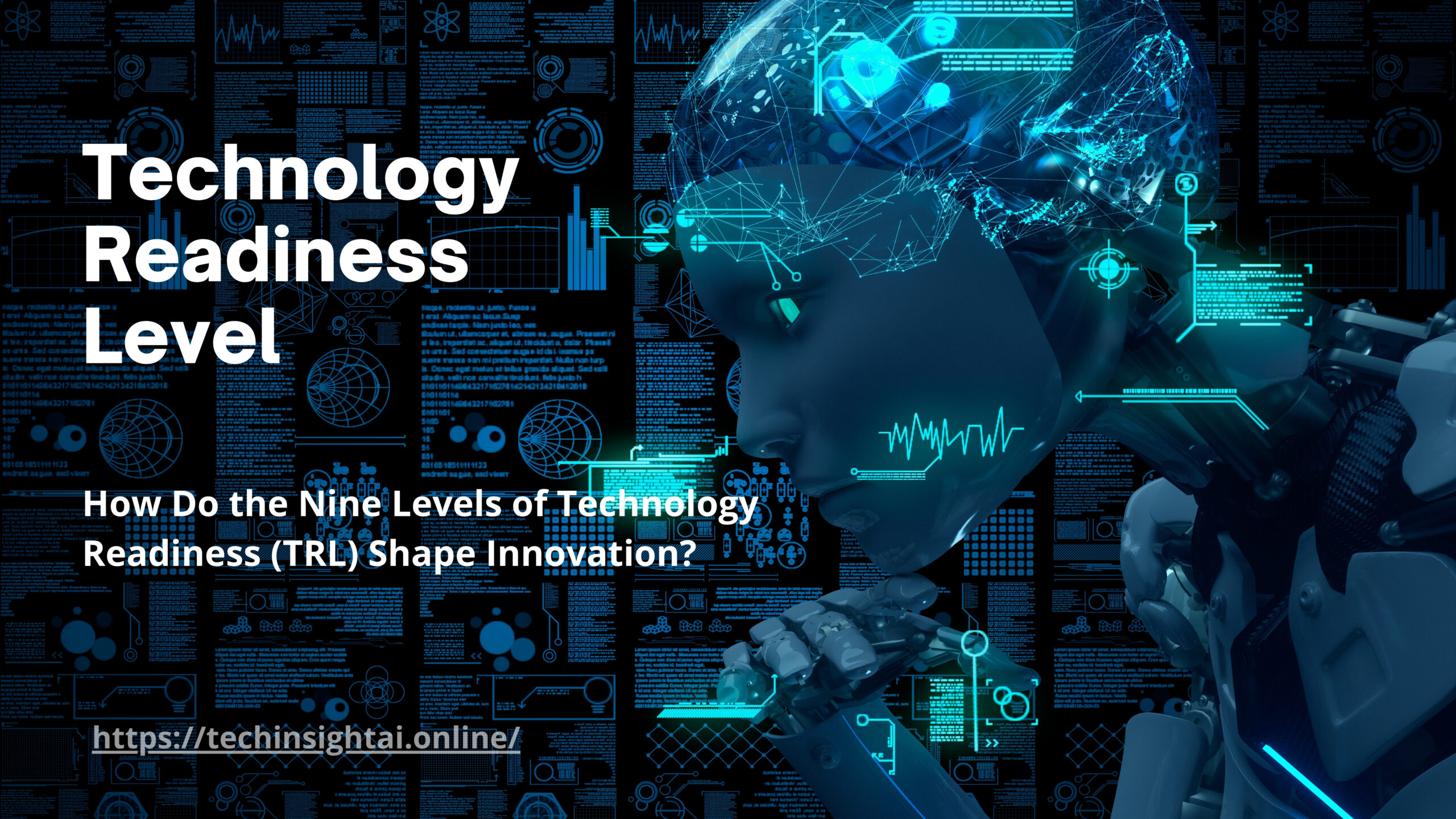
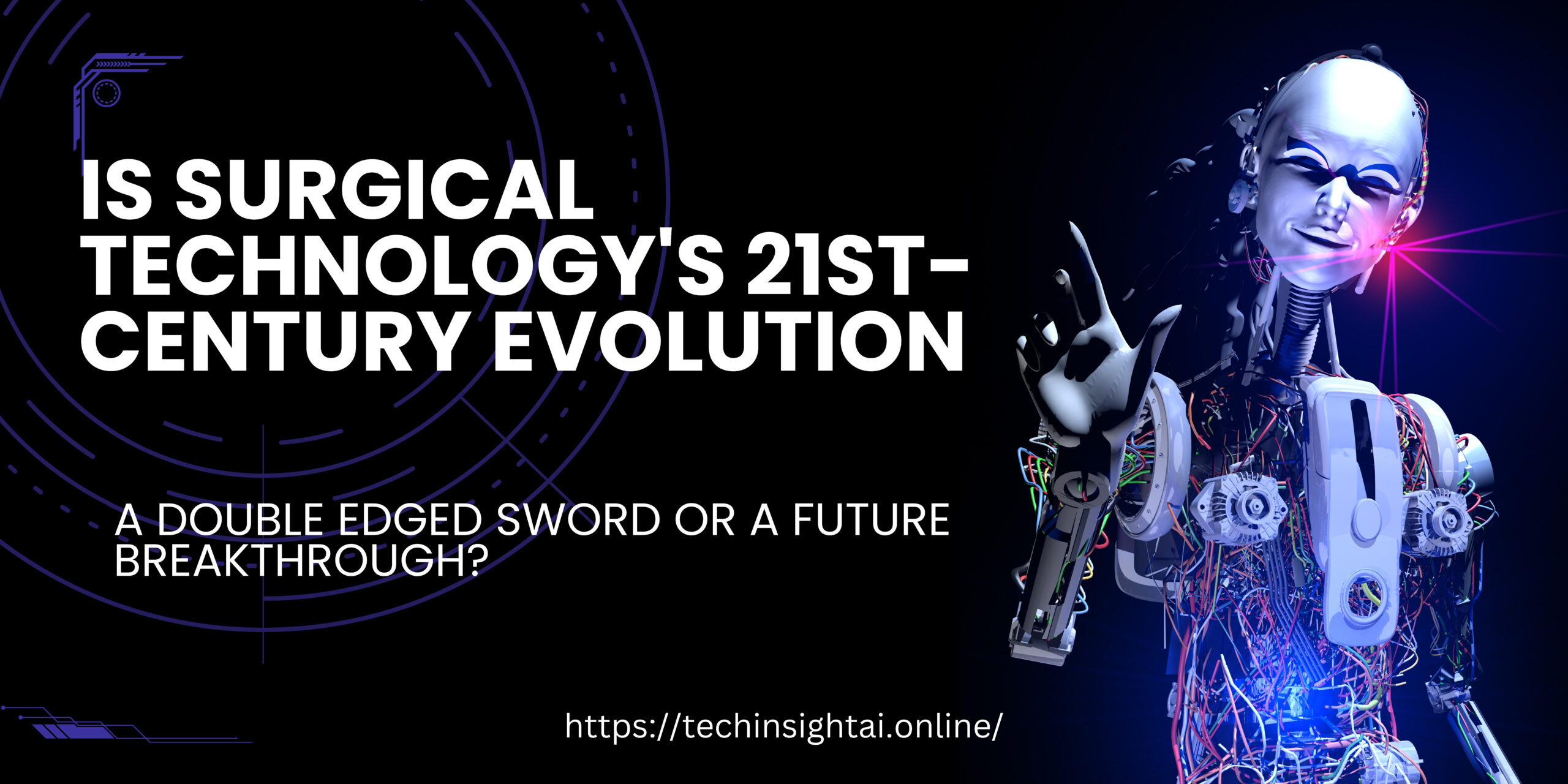
Pingback: Can Life Technologies Truly Revolutionize Human Progress, or Are They Just Another Overhyped Trend in the 21st Century? - techinsightai.online